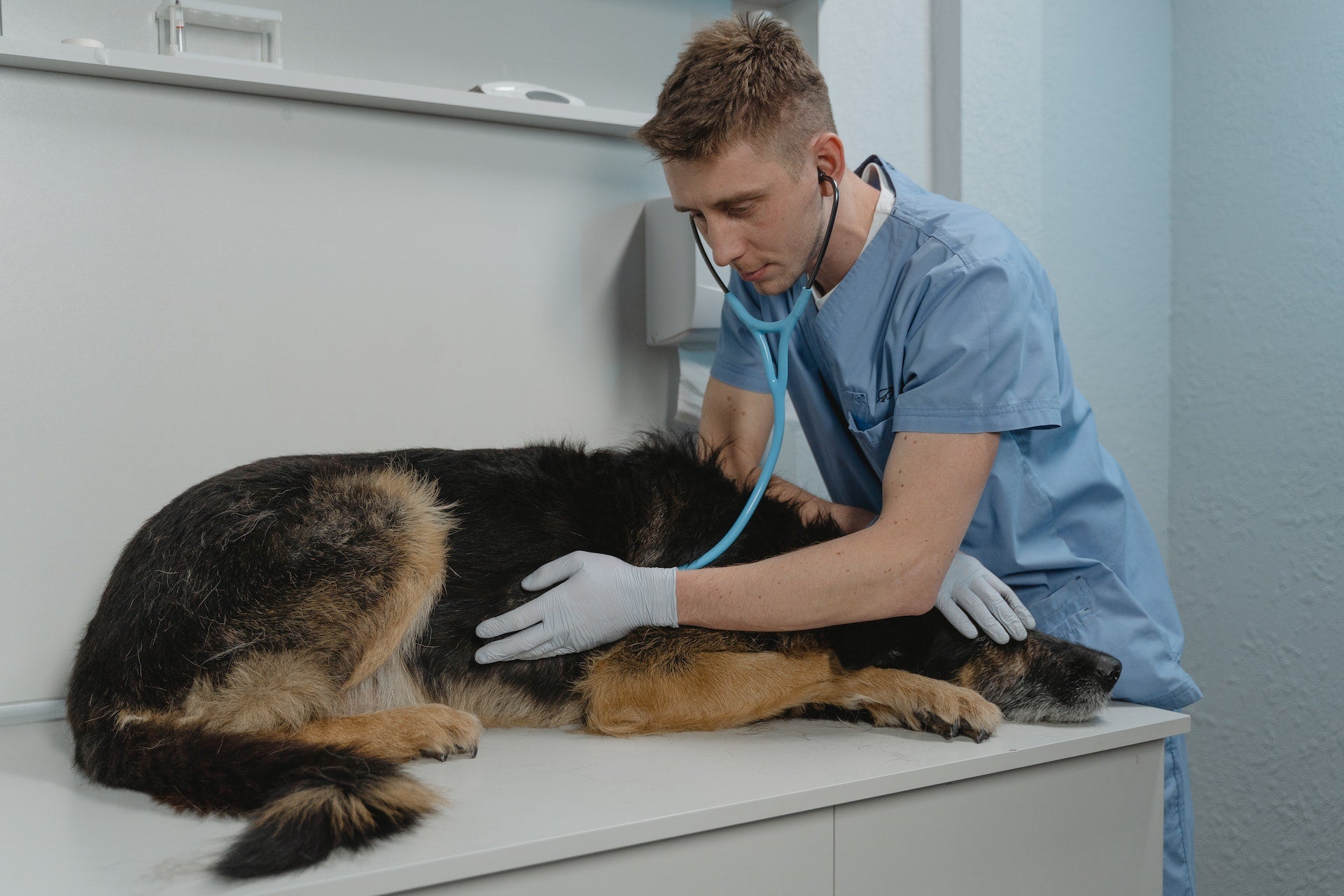As we bask in the warmth of July, it's important to remember that it's National Pet Hydration Month. This annual event is a reminder to pet parents about the importance of making sure our furry friends are getting enough water to stay healthy and happy.
Just like us, our pets need an adequate amount of water to keep their bodies functioning at their best. But ensuring that our pets get enough water can sometimes be a tricky task – especially for our notoriously fussy feline friends!
In this post, we'll share seven simple, yet effective tricks to ensure your pet stays well-hydrated. We'll also discuss the telltale signs of dehydration and overhydration in pets and provide some handy tips on how to prevent these conditions.

1) Provide Fresh Water Daily
Ensuring that your pet has access to fresh, clean water every day is essential for their health. Pets are more likely to drink when their water is fresh, so change the water in their bowl at least once a day.
It's also important to clean water bowls regularly to ward off bacteria. This can be done by washing the bowl with warm, soapy water and drying it thoroughly before refilling.
2) Invest in a Pet Water Fountain
Pet water fountains can be a real game-changer, encouraging pets to drink more because of the appeal of running water. The movement of the water can stimulate your pet's natural instinct to drink from moving water sources.
There are a wide variety of designs available, so you can choose one that suits your pet's preferences and your home decor. Look for a fountain that's easy to disassemble and clean, as well as one with adjustable flow settings.
3) Add Water to Their Food
Incorporating water or healthy liquids like bone broth or coconut water into your pet's dry food can significantly increase their water intake. Wet food also boasts a high percentage of water and can be a good option for pets that don't drink enough.
When introducing your pet to new foods, be sure to add them gradually and in small quantities. This will help prevent digestive problems and allow you to observe any adverse reactions.
4) Make Water Fun with Ice Cubes
Adding ice cubes or flavored ice cubes made with ingredients like low-sodium chicken broth to your pet's water bowl can help make drinking more enticing. The ice cubes not only cool the water but also provide a fun challenge for your pet.
Get creative and experiment with different shapes and sizes of ice cubes to further stimulate their interest. Just make sure not to add any ingredients that may be harmful to your pet.
5) Provide Multiple Water Stations
Having multiple water stations scattered around your home and yard can encourage your pet to drink more. This ensures that they always have access to water, even when they're away from their main bowl.
As an example, you could place a water bowl in the bathroom, kitchen, and your pet's favorite napping spots. And don't forget to bring along a portable water bowl when you and your pet are out on walks, hikes, or road trips.
6) Monitor Your Pet's Water Intake
Keeping a close eye on your pet's water intake is crucial for their health. If your furry friend is drinking too little or too much water, it could be a sign of an underlying health issue.
Regular monitoring can help you spot any changes in your pet's drinking habits and take action if necessary. Remember, different breeds and sizes of pets require different amounts of water, so make sure you familiarize yourself with your pet's needs.
7) Schedule Regular Vet Visits
Regular visits to the vet can help you keep on top of your pet's hydration levels. Your veterinarian will be able to assess your pet's overall health and advise you on how much water they need.
If your pet is diagnosed with a medical condition, such as diabetes or kidney disease, they may need to follow a specific hydration plan. Your vet will be able to provide the necessary guidance on how to ensure your pet gets the right amount of water.
What are the Signs of Dehydration in Pets?
Dehydration in pets can lead to dangerous symptoms, so it's vital to be aware of the signs and take action if necessary. Some of the most common signs of dehydration in pets include:
- Lethargy
- Vomiting
- Dry gums
- Decreased appetite
- Increased heart rate
If your pet exhibits any of these signs, it's crucial to provide them with water immediately and consult with a vet if the symptoms persist. Regularly monitoring your pet's water intake can help prevent dehydration before it becomes a serious issue.
Understanding and Preventing Overhydration in Pets
Hydration is crucial for pets, but it's possible for them to drink too much water as well. While overhydration is less common, it can pose a significant risk, particularly for breeds like Labradors and Golden Retrievers that love water.
Pets that are overhydrated can display a variety of symptoms. Here are a few to look out for:
- Bloating
- Vomiting
- Lethargy
- Excessive urination
- Loss of coordination or stumbling (ataxia)
If your pet displays any of these symptoms, particularly after a water-based activity, consult with your vet immediately.
Severe cases of overhydration can lead to life-threatening conditions such as difficulty breathing, seizures, and even coma. Preventing overhydration involves ensuring your pet has a balanced diet and carefully monitoring their water intake.
Is Your Pet Drinking Enough Water?
Ensuring your pet stays hydrated is vital for their health – especially during the sizzling summer months. By following the simple tips above, you can ensure your pet gets the right amount of water and stays healthy all summer long!
Want more summer pet safety tips? Check out our previous post, 5 Common Summer Pet Emergencies (And How to Avoid Them).



